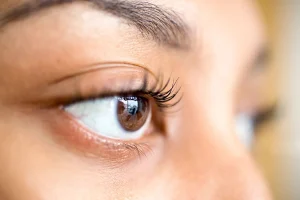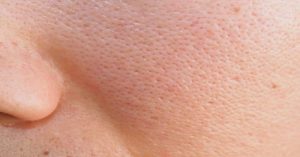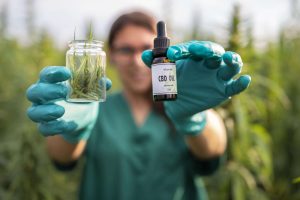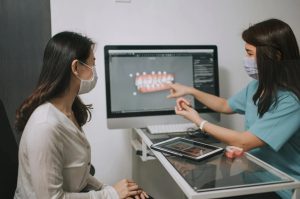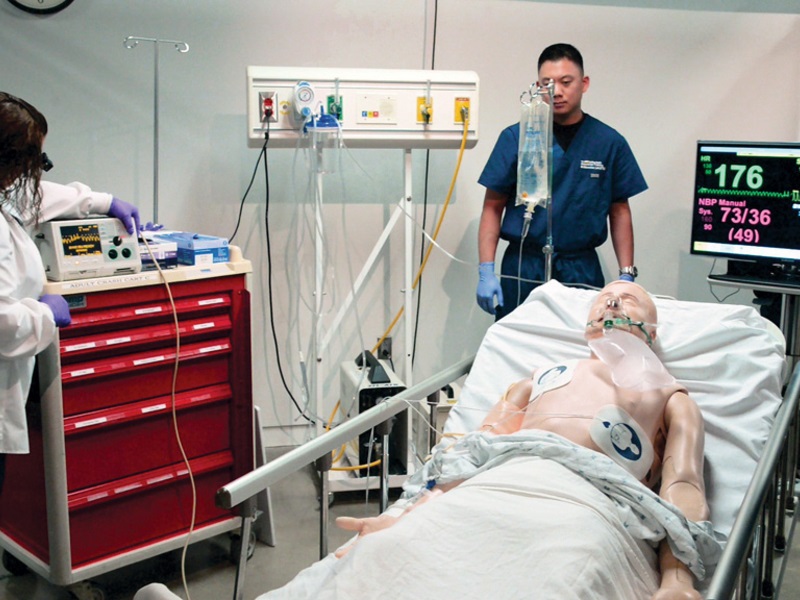
non destructive testing means the process or techniques that are widely-used to check or see the characteristics of objects, materials or systems with no destruction. It’s a way in which saves cost and here i am at research, evaluation and troubleshooting of products. There are many non destructive testing way of example low coherence interferometers, eddy current testing, radiographic, magnetic particle, ultrasound, liquid penetrate, remote visual inspection etc.

NDT is most generally present in civil engineering, mechanical engineering, forensic engineering, aeronautical engineering, medicine and electrical engineering. There are lots of professional companies focusing on non destructive testing. These businesses are dedicated to certain fields like magnetic particle inspection (MT), dye permeated inspection (PT), eddy current inspection (ET), radiography X-ray (RAD), ultrasound flaw recognition (UT), and ultrasound thickness gauging.
Magnetic particle inspection (MT) enables you to think about the defects on surface. It’s the most broadly used approach to NDT around the globe. It’s very simple to do along with the component surface preparation may not be critical. In magnetic particle inspection, magnetic fields which come from electro magnet or small magnetic particles are widely-used to identify flaws in components. MT is broadly used to discover the ability of certain products for use within the industries.

Dye permeated inspection (PT) is considered because the cheap and easiest strategies by non destructive testing. This process can be used testing the casting and forging defects, leaks and cracks within the products. The steps adopted in dye penetrate inspection are surface transmission, penetrate application, excess penetrate removal, developer application, indicator application, inspection and cleaning.
Eddy current inspection (ET) is most likely the key means of non destructive testing which uses principle of electromagnetism. There are many advantages of eddy current inspection (ET) with certain limitations. This process can be used metal thickness measurement, crack recognition, conductivity measurements, coating thickness measurement etc.


